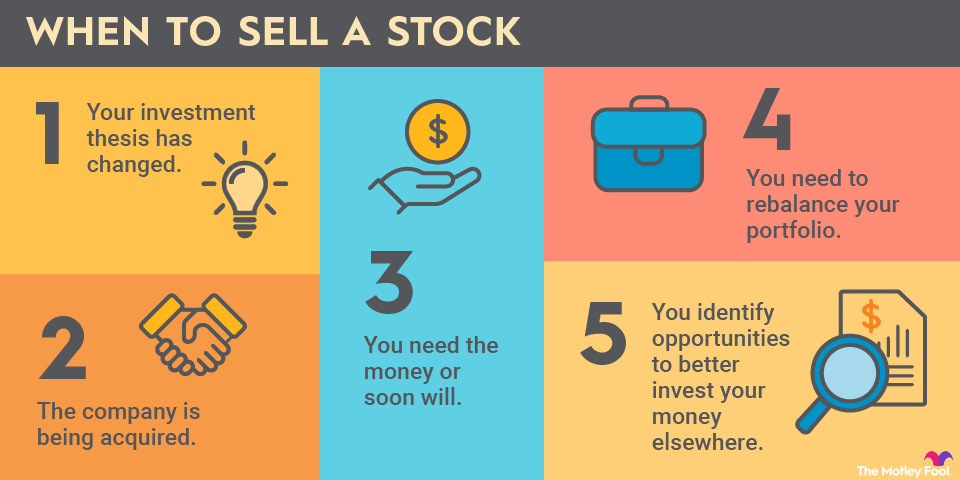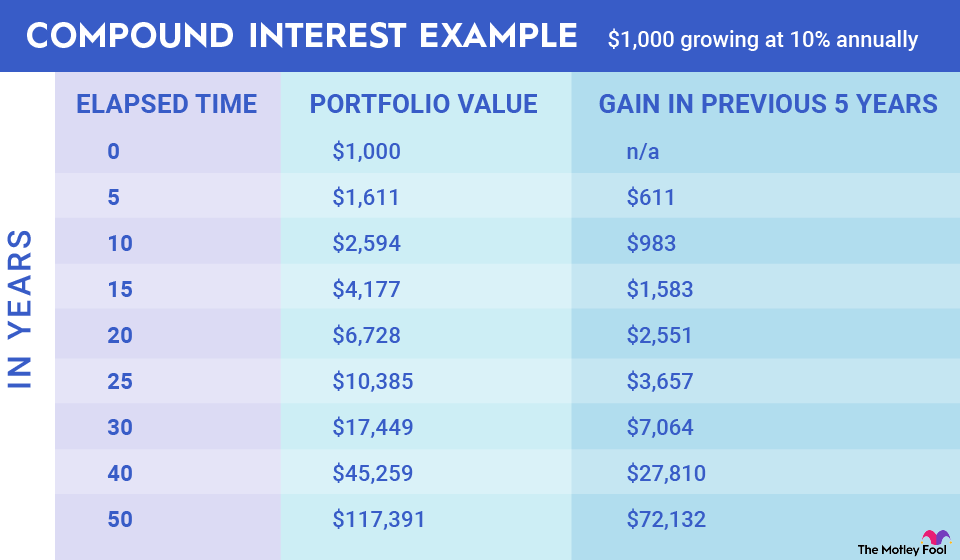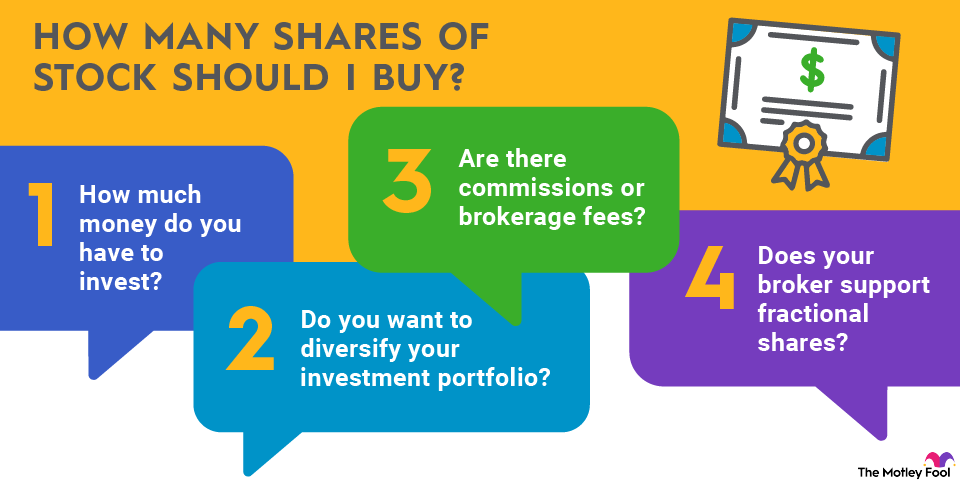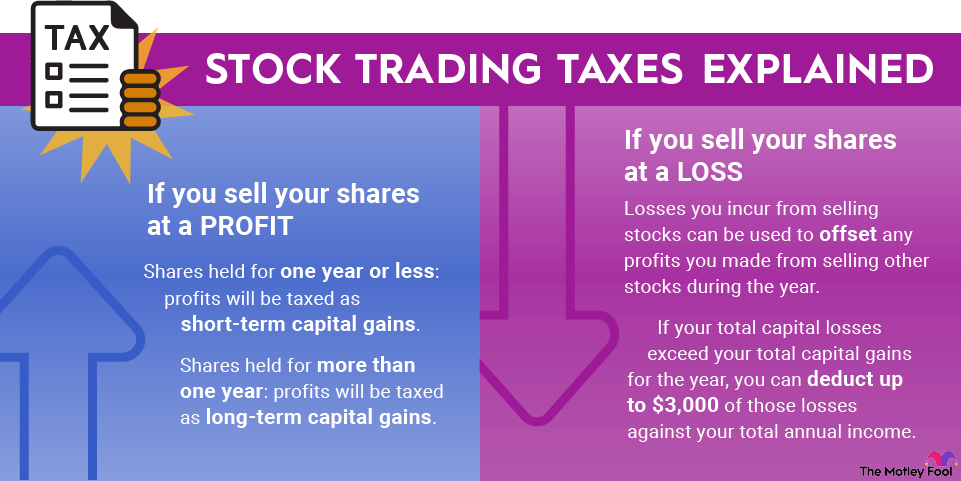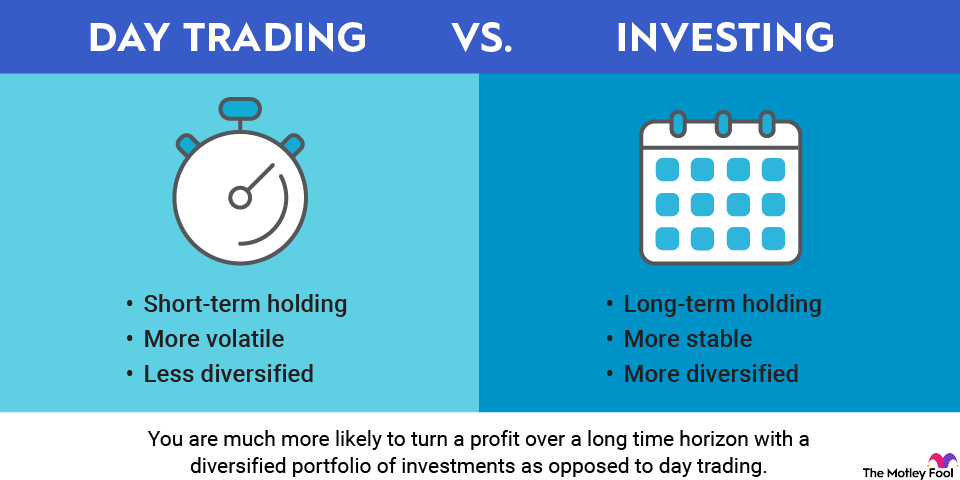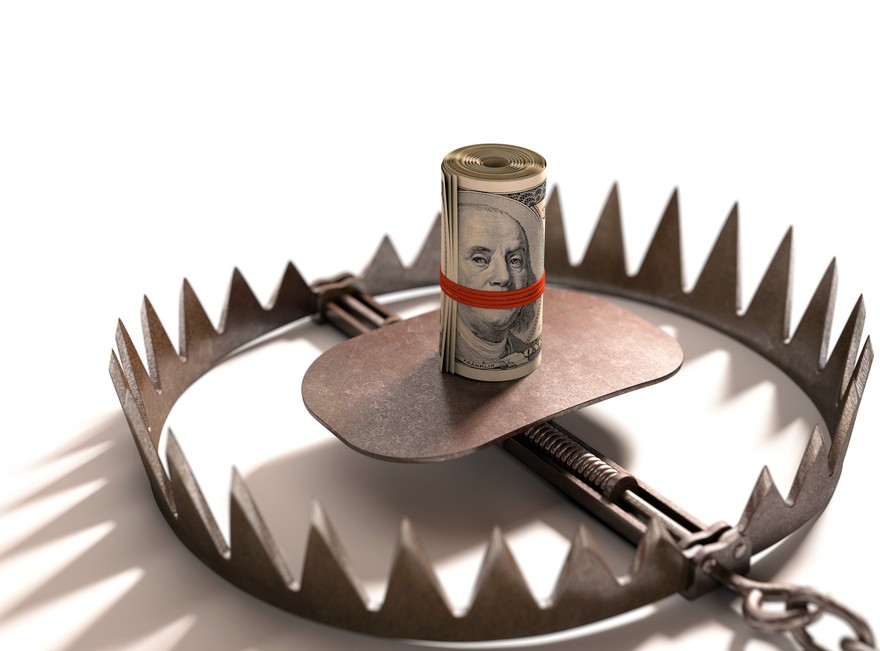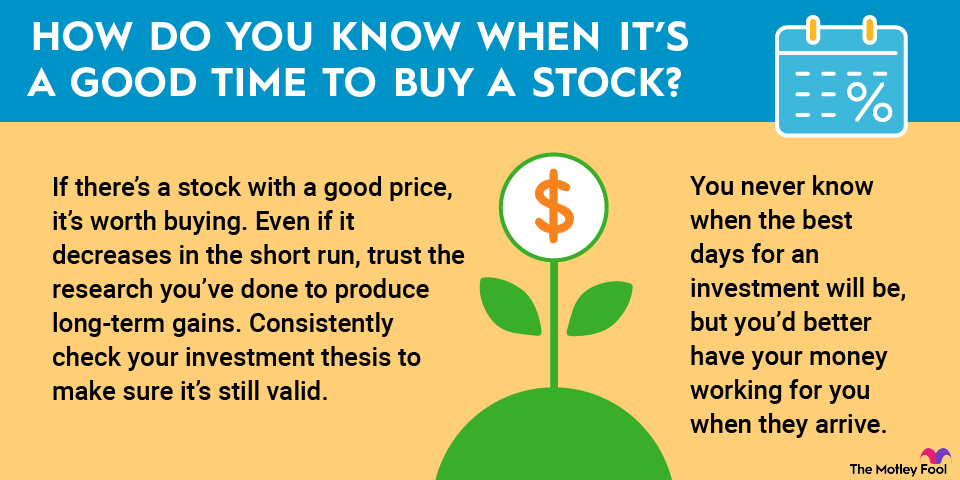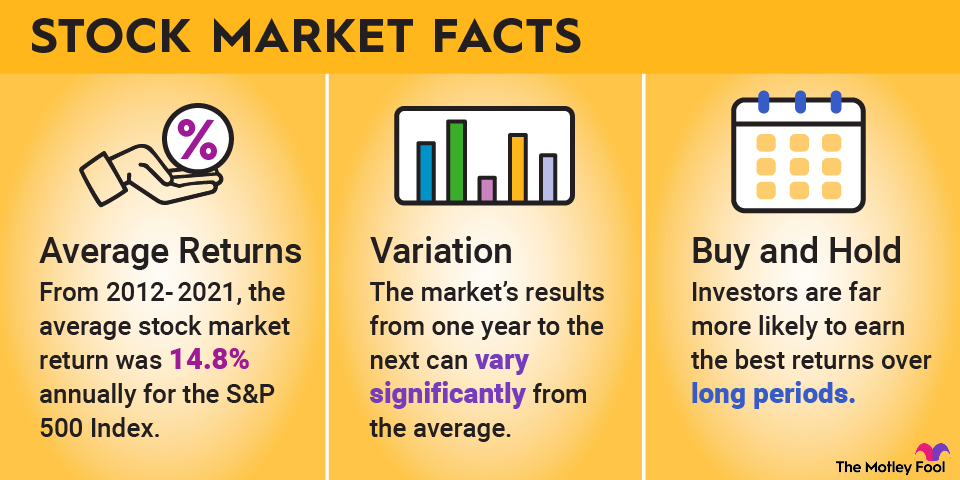Nio (NIO +0.41%) is among the many electric vehicle (EV) start-ups racing to build manufacturing capacity to capture the growing demand for cleaner vehicles. The Chinese company launched in 2014 and focuses on the premium smart EV market.

NYSE: NIO
Key Data Points
Nio has launched several electric vehicles, including its flagship SUV, the ES8. The company has also developed several breakthrough technologies, including its industry-leading battery-swapping technology (battery-as-a-service, BaaS) and autonomous driving-as-a-service (ADaaS).
While Nio is a leader in China, it has global growth ambitions. It entered its first foreign market in Norway in 2021 and aims to be in 25 countries by 2026, with Nio currently selling in 20 markets as of 2025. Nio is investing heavily to expand its production capacity to sell more EVs. It's also investing in lithium supplies and battery manufacturing to reduce costs.
Nio's growth potential is driving many investors to consider investing in its stock. Here's a step-by-step guide on how to buy shares of the electric car stock and some factors to consider before adding it to your portfolio.
How to buy Nio stock
You'll need to take a few steps before buying shares of any stock, including Nio. Here's how to add the EV stock to your portfolio:
- Open your brokerage app: Log in to your brokerage account where you handle your investments.
- Search for the stock: Enter the stock ticker or company name into the search bar to bring up the stock's trading page.
- Decide how many shares to buy: Consider your investment goals and how much of your portfolio you want to allocate to this stock.
- Select order type: Choose between a market order to buy at the current price or a limit order to specify the maximum price you're willing to pay.
- Submit your order: Confirm the details and submit your buy order.
- Review your purchase: Check your portfolio to ensure your order was filled as expected and adjust your investment strategy accordingly.
Stock Ticker
Should I invest in Nio?
Here are some reasons you might want to buy shares of Nio:
- You want to invest in clean technology companies helping decarbonize the global economy.
- You believe Nio will eventually turn the corner and start generating accelerating profits.
- You're seeking investments with high growth potential.
- You're not worried about Nio's cash burn and believe it can continue raising capital to fund its operations.
- You think the company's strategy of investing to secure lithium supplies and build battery manufacturing plants will reduce costs and eventually help Nio turn a profit.
- You think the company's global growth plans will help drive accelerated revenue growth in the coming years.
- You don't need dividend income from your investment.

On the other hand, here are some factors to consider that might lead you away from investing in Nio:
- You have serious doubts about whether EVs will displace gas-powered cars.
- You're worried that Nio could continue to dilute existing investors by issuing more shares to fund its operations, which could further depress the value of the stock price.
- You're concerned about growing competition in the EV space, which could lead to price wars and prevent Nio from making money.
- You're in or nearing retirement and need investments that produce income.
- You're seeking investments with lower risk profiles and less volatility than Nio.
Is Nio profitable?
Looking under the hood at a company's profitability is vital to an investor's stock research process. Rising profits tend to drive stock price performance over the longer term.
Nio had yet to turn the corner on profitability by 2025. The EV company reported a net loss of $700.3 million in the second quarter, 26% above its loss in the year-ago quarter and 1% higher than the first quarter. The company also reported a loss on a non-GAAP (non-generally accepted accounting principles) basis ($574.8 million).
Surprisingly, Nio's revenue and total sales saw an uptick by roughly 9% year-over-year to almost $2.6 billion in the second quarter of 2025, with an increase in total vehicle sales to 2.6% year-over-year and over 64% compared to Q1 of 2025.
Nio was burning through cash as it invests in research and development (R&D) and scales its operations, so it routinely needs to raise more cash from investors to fund its operations, but has slowed its spending rate down by 6.6% by Q2. In September 2025, the company raised an additional $1.16 billion in cash after securing an additional investment from another share offering. That added to its cash balance, which stood at $3.8 billion at the end of June 2025.
If the company doesn't start turning a profit, it will need to continue raising money to fund its operations. Mounting losses and stock dilution have greatly affected Nio's stock price.
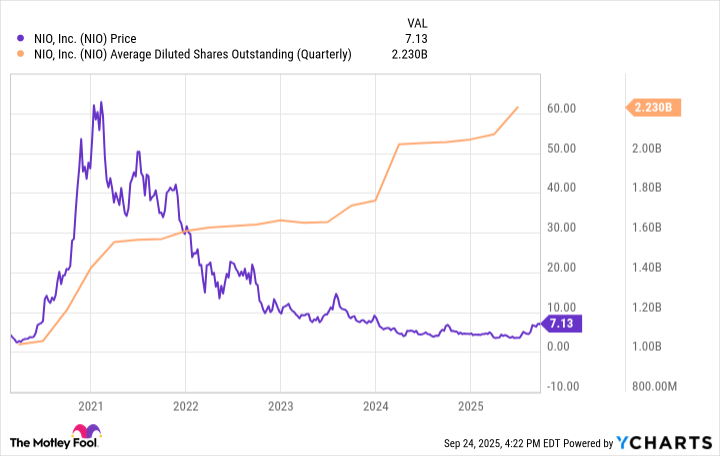
Shares have cratered more than 90% from their high, largely driven by a tremendous surge in outstanding shares as it issued more stock to fund its operations. However, if the company continues to lose money and burn through cash, it might need to dilute investors further, potentially putting more weight on its share price.
Does Nio pay a dividend?
As of 2025, Nio had yet to initiate a dividend, and it likely won't start paying dividends anytime soon.
ETFs with exposure to Nio
An alternative to actively investing by purchasing Nio shares is to consider a passive investment in the EV company through a fund that holds its stock. One of the most common passive investment vehicles is an exchange-traded fund (ETF).
Exchange-Traded Fund (ETF)
Another option is to consider other electric vehicle ETFs or lithium ETFs holding Nio shares. These ETFs allow investors to invest passively in Nio and other leading EV stocks.
Will Nio stock split?
Nio didn't have an upcoming stock split as of 2025. The EV company hasn't split its stock since going public in 2018 and likely won't split it anytime soon.
Related investing topics
The bottom line on Nio
Nio is still very early in its journey. The Chinese EV start-up has yet to reach profitability as it invests heavily in R&D and building manufacturing capacity. The company has tremendous growth potential as it capitalizes on growing demand for EVs. If the company can turn the corner on profitability, its share price could see accelerating gains in the future.
However, since Nio is still losing money, it routinely needs to raise cash to fund its operations. That's diluting investors and weighing on its share price. If it's unable to start turning a profit, it might continue to be a money-losing investment.






